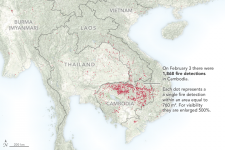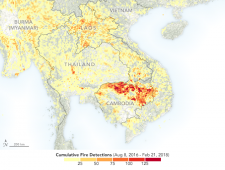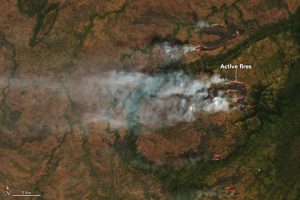Study reshapes the floral relationships between the world’s tropical forests
Hannah Halusker, College of Science
CLEMSON, South Carolina – Research from more than 100 scientists across the world, including that of Clemson professor of biological sciences Saara DeWalt, has recently combined to show that the world’s tropical forests are more similar than scientists previously thought.
In 1994, DeWalt had just graduated with a bachelor’s degree in biology from Brown University. Fully funded by a Fulbright Scholarship, DeWalt was able to conduct an ethnobotanical study in the lowland tropical forest of Bolivia. There, she assessed how an indigenous people called the Tacana made use of different tree and vine species in their everyday lives. To conduct the study, DeWalt led a forest inventory of trees near two Tacana communities.
More than two decades later, DeWalt’s documentation is part of a new study, published in the Proceedings of the National Academy of Sciences, that indicates that tropical forests can be grouped into two major regions based on the similarity of their flora: American and African tropical forests versus Indo-Pacific forests.
In addition to helping scientists reclassify the world’s tropical forests, the discovery supports what geologists know about the breakup of West Gondwana, an ancient supercontinent that contained what has since become Africa and South America.
In prior studies, researchers have attempted to understand how closely related forests in different parts of the world are by comparing how many tree species they share.
“For example, if two sites were compared, each with 100 individuals, and they shared 20 species, then we’d say the similarity of the two sites is 20 percent,” said Ferry Slik, the lead author of the study and an associate professor at the Universiti Brunei Darussalam Herbarium in Brunei, Borneo.



